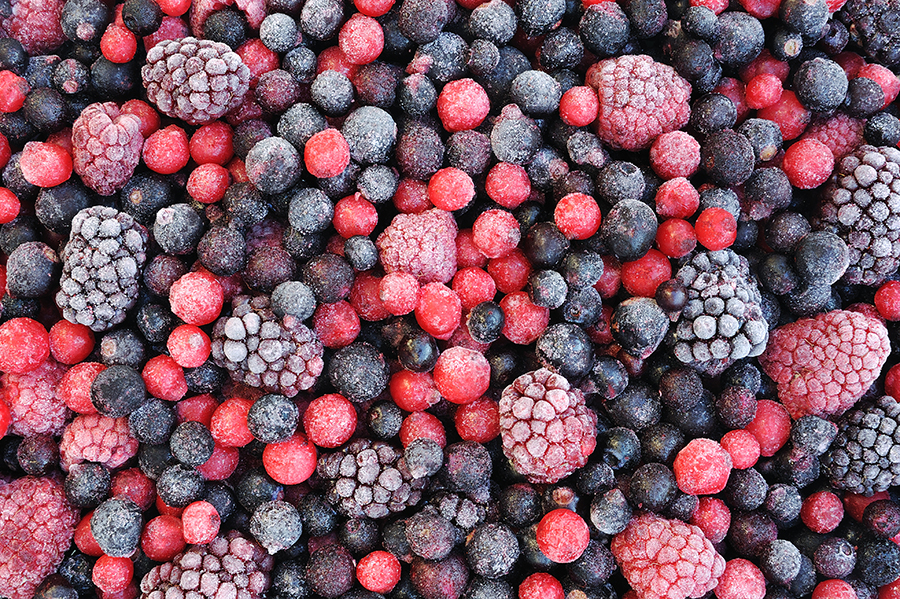
2. Start small, 25 square feet for example. Find the spot that ideally has sun all year in your yard. If it's shaded part of the year, that's OK too. Avoid the area next to buildings or fences because of possible contamination of the soil by paint, heavy metals or chemicals. 3. Remove whatever debris is covering the soil including rocks larger than a fingernail.
If plants already grow there that you want somewhere else, dig them out with the shovel and plant them in the new location. 4. Cover your gardening area with organic material such as leaves, dried grass and fine plant material from your own or other's non-pesticide sprayed gardens. 5. Get a bucketful of good compost from someone else's garden or crumbly black sweet-smelling soil from under forest trees.
Spread this thinly all over your garden. You will be inoculating your soil with all manner of soil organisms, little bugs, worms and other beneficial life forms that are going to do most of the work for you in improving your soil. 6. Use the pick or shovel to mix the top 3 inches of soil and organic material. Burying the organic material any deeper just kills the critters and wastes your energy because there may not be enough oxygen for them further down.
7. Keep the soil damp like a wrung out sponge, not soggy. Once again, you need air in the soil for life. 8. Never walk on your soil. Make a kneeling board out of a small piece of scrap plywood to avoid compacting the soil and use an old cushion to save your knees. Create the minimum width paths to be able to reach across a four foot wide bed from both sides.
Yes, you can have a great channel of distribution pushing product all over the country. You may even have mass advertising and a great budget for promotion, but without adoption—without repeated turns in the stores—this level of success will be nearly impossible to achieve. We need sustainability at point of purchase (repeat buyers at stores) for this level of success to be achieved. This creates the proverbial tipping point!
Then, talk about the various foods they can make with an apple. Bake carrot or zucchini muffins together. Discuss how carrots have special vitamins that are really good for eyes. Where do foods come from, With your child, visit a farm to explore where foods come from and how they grow.
Can you try planting your own fruit and vegetable, How about a tomato, Make a healthy snack. Have your child pick a variety of fruits to make a fruit salad. As he/she adds each new fruit to the bowl, talk about the colors of each fruit and how they help the body stay healthy in different ways. In this app, kids are charge of feeding, washing, and playing with baby animals. Don’t let the idea overwhelm you. A few containers and soil in a sunny spot will do.
The US economy is powered by the joint forces of 25 million small businesses. Over half of these enterprises are home based and they provide much needed services to their local community. The reason why entrepreneurs start a business is as varied as the types of different businesses that they choose. People start their own business as they are often tired of their current job. Many of them know that they can make more money working for themselves. Often they are looking for a new challenge, a different business field to explore or a way to change their lifestyle.
Entrepreneurs come from all walks of life. Some of them are members of minority groups, who have a hard time finding regular jobs in the traditional workplace. Some people, like senior citizens often look for part time employment opportunities to supplement their current income. Many people also start a business because they are passionate about something and have a burning desire to share their products with the world. While the motivations to start a business vary a lot, the business goals of most Entrepreneurs are surprisingly similar.
Tags:
How Make Food
